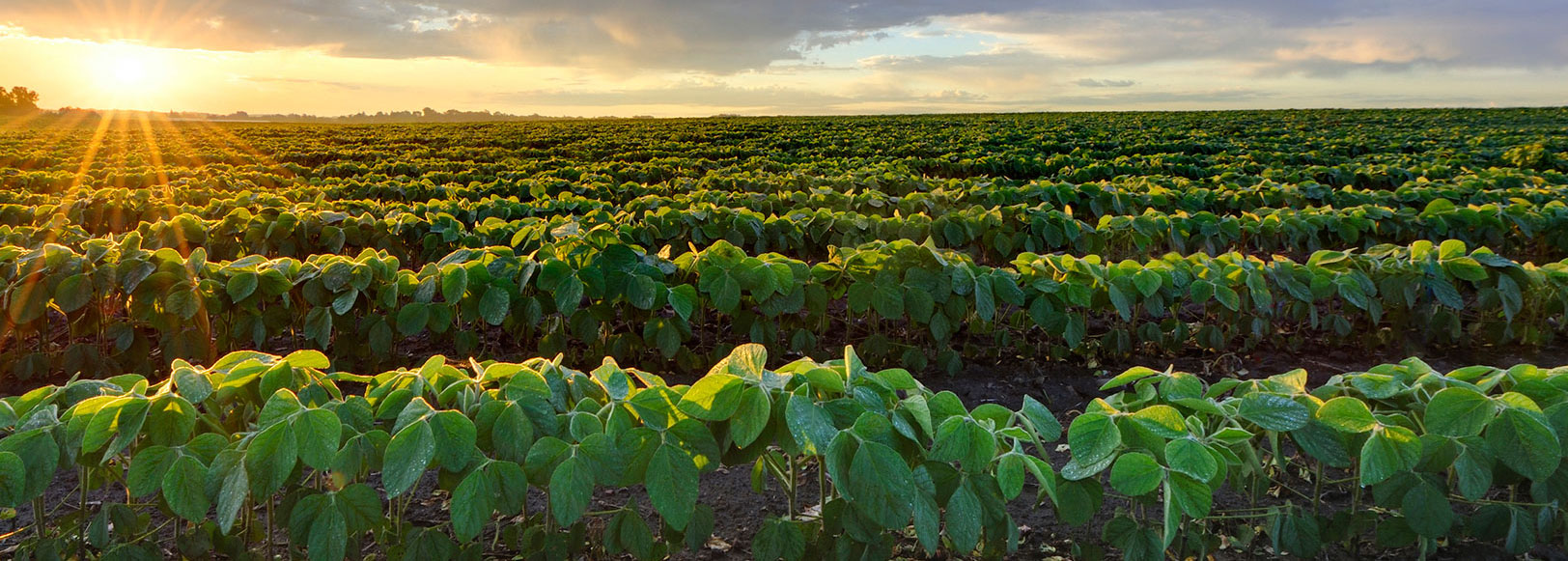Frequently-asked questions we receive about the Fuel & Measures programs. See the main Fuel Program page or Weights & Measures Program page for more information.
Regulations specify minimum octane levels for the various grades of gasoline with a minimum octane of 87 required for regular and 91 for super or premium. At their option, several petroleum companies and stations have elected to market 92 and 93 octane Premium unleaded.
Although your container may state the capacity to be two gallons, most gasoline cans are designed with additional "airspace" for expansion and to avoid overflow spillage.
No, on the contrary. Typically the station selling at the lowest price will cause the other stations to reduce their prices in order to stay competitive.
Many dispensers are designed to start with a very low-pressure flow. After a second or two, product flow and hose pressures are increased. We check thousands of these pumps annually, and yes, you do get that nickel or dime's worth of gas.
Tare indicates the actual weight of the package, box, or container. Net, which generally appears on all packaged commodities, indicates the actual weight of the product being purchased. Gross is the total weight ( tare plus net) of the package and contents combined.
A cord is defined as: "The amount of wood which is contained in a space of 128 cubic feet, when the wood is ranked and well stowed". Typically a cord will be stacked 4' high, by 8' wide, by 4' deep (4'x8'x4'= 128 cubic feet).
I recently sold aluminum cans to a recycling center that advertised they were buying aluminum cans for 30¢ a pound. My cans weighed 50 pounds according to their scale, but they reduced my total weight by 10 pounds because my cans were dirty and wet. Is this practice of arbitrary weight reductions appropriate?
No, absolutely not! They may however, establish and post a specific buying price per pound for clean and dry cans, and then a lower price per pound for dirty and/or wet cans.


